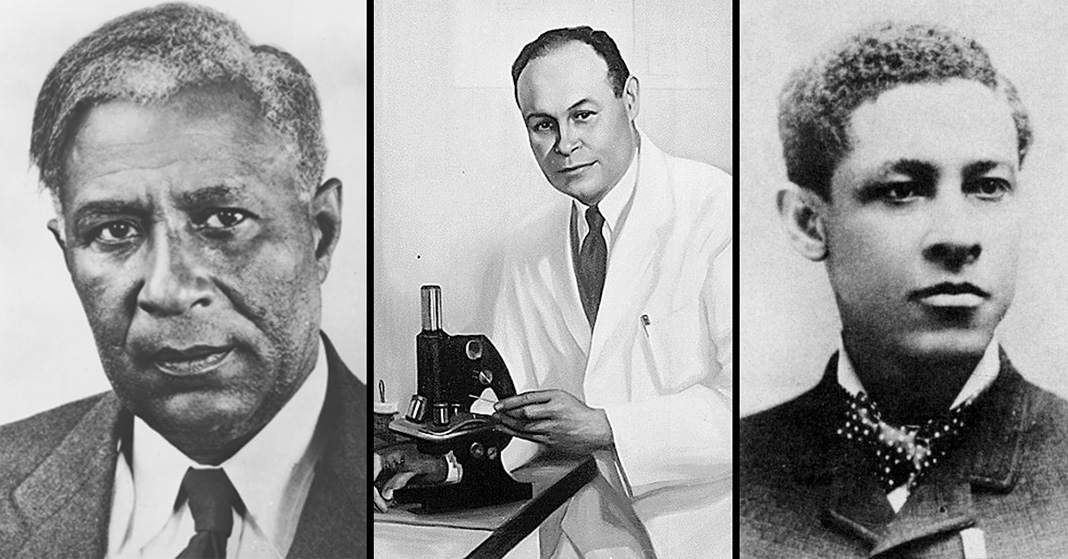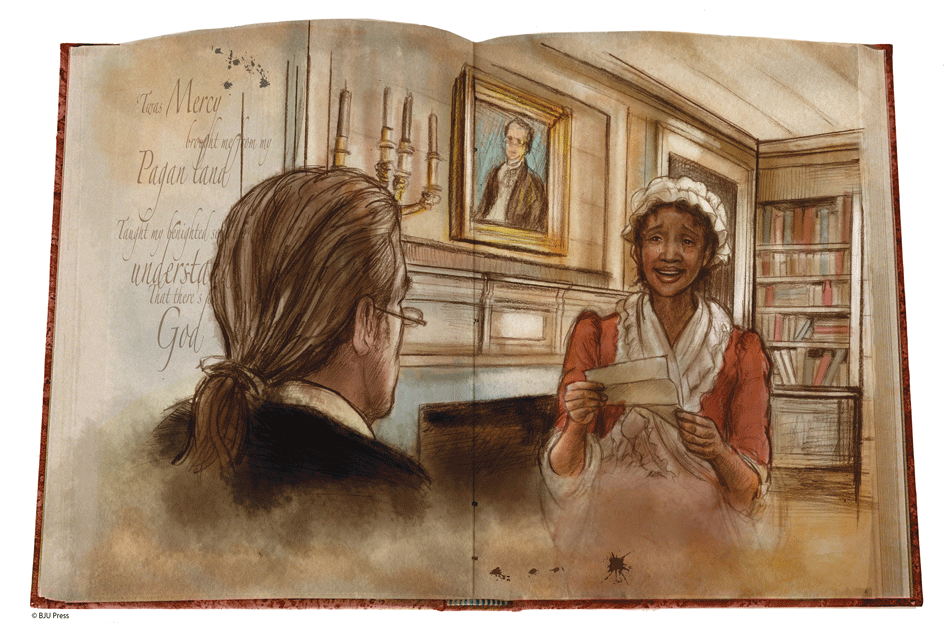
African American inventors had a difficult time in past decades, struggling against the racism and segregation that was prevalent throughout the US, yet they still succeeded in giving the world many important inventions. Remember to highlight these brilliant, hard-working people as you teach heritage studies in your homeschool.
Garrett Morgan: The Gas Mask and the Traffic Light (above left)
Garrett Morgan dedicated his life to making the world a safer place through his inventions. He invented and patented a type of mechanical traffic signal, an early form of the modern traffic light. He also developed a safety hood to protect firefighters and soldiers from harmful smoke or gases.
When he first pitched his gas mask idea to Southern fire departments, they rejected him; so he paid a friend to help him stage a demonstration of the hood in a smoke-filled tent. After that successful test, his invention sold widely to fire departments throughout the Northern states. Later, it was even adopted by the US military and used during World War I.
Charles Drew: America’s First Blood Bank (above middle)
During his younger years, Charles Drew was more famous for his achievements in football and track than for his skill in biology. After an injury, however, he began to focus more on the medical sciences. He enrolled at the minority-friendly McGill University Faculty of Medicine in Montreal and excelled there, eventually finding a career at Howard University College of Medicine.
In 1940, Drew began directing the Blood for Britain project from New York City. He set up important standards and procedures for the collection and processing of donated blood plasma. Later, he pioneered America’s national blood banking system, as well as coming up with the concept of mobile donation stations.
Though he struggled against racism and segregation throughout his life, he received many awards and honorary doctorates for his important work in the field of blood banking and blood donation.
Jan Matzeliger: The Automatic Shoe-Laster (above right)
Born to a slave on a coffee plantation in Suriname, South America, Jan Matzeliger came to the United States as a young man. In those days, shoemaking was done by hand in a slow, painstaking, expensive process. Matzeliger worked tirelessly on a machine that could attach a shoe’s upper to the sole automatically. A quick-fingered human “hand laster” completed fifty pairs of shoes on a good day, working long hours. But Matzeliger’s “shoe-lasting machine” could produce up to seven hundred pairs in a day. Thanks to his invention, shoes became more affordable for everyone, all across the nation. Dying of tuberculosis in his thirties, Matzeliger wasn’t able to reap the profits of his work.
In a time when America still undervalued them, these inventors still practiced dominion over God’s creation and loved their neighbors by working hard to make their world a better place.
[Students can delve deeper into the lives of great African American inventors at BlackInventor.com or check out the Heritage Studies 4 textbook for more details on Jan Matzeliger’s life.]
• • • • •
Rebecca is a work-at-home freelance writer, novelist, wife, and the mom of two bright-eyed little ones. She credits her success in writing and her love of books to her own mom, who homeschooled three kids from pre-K through high school.
